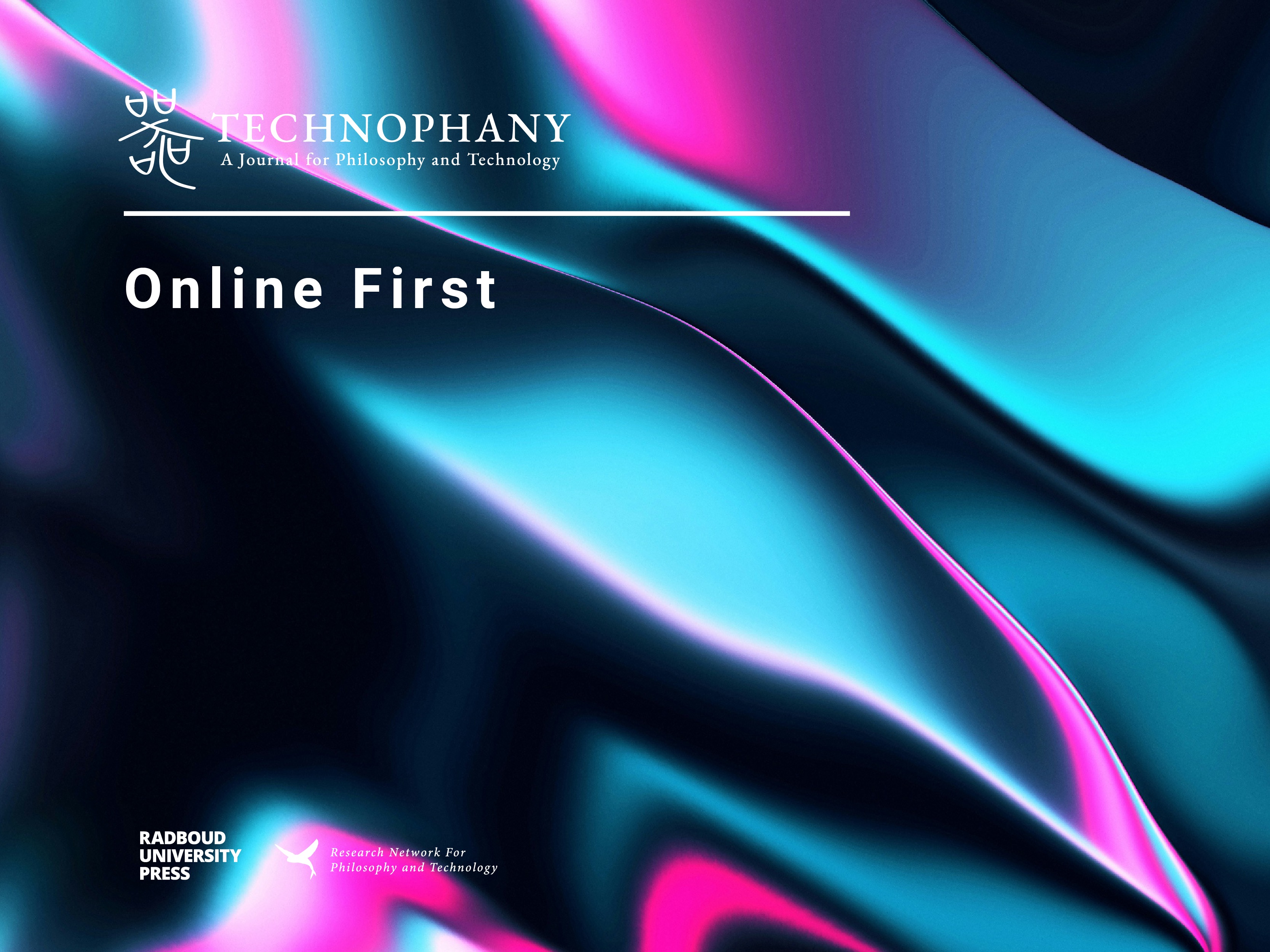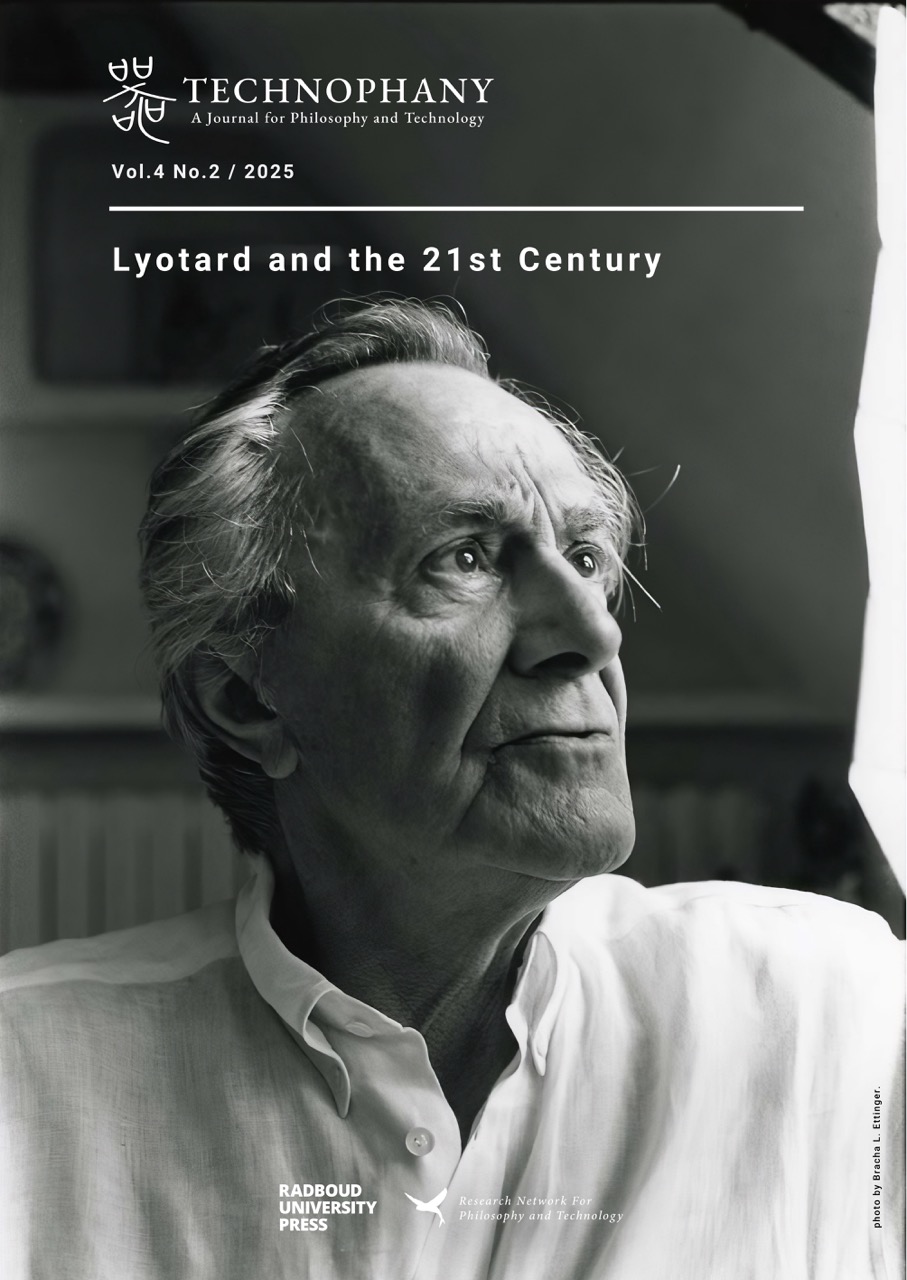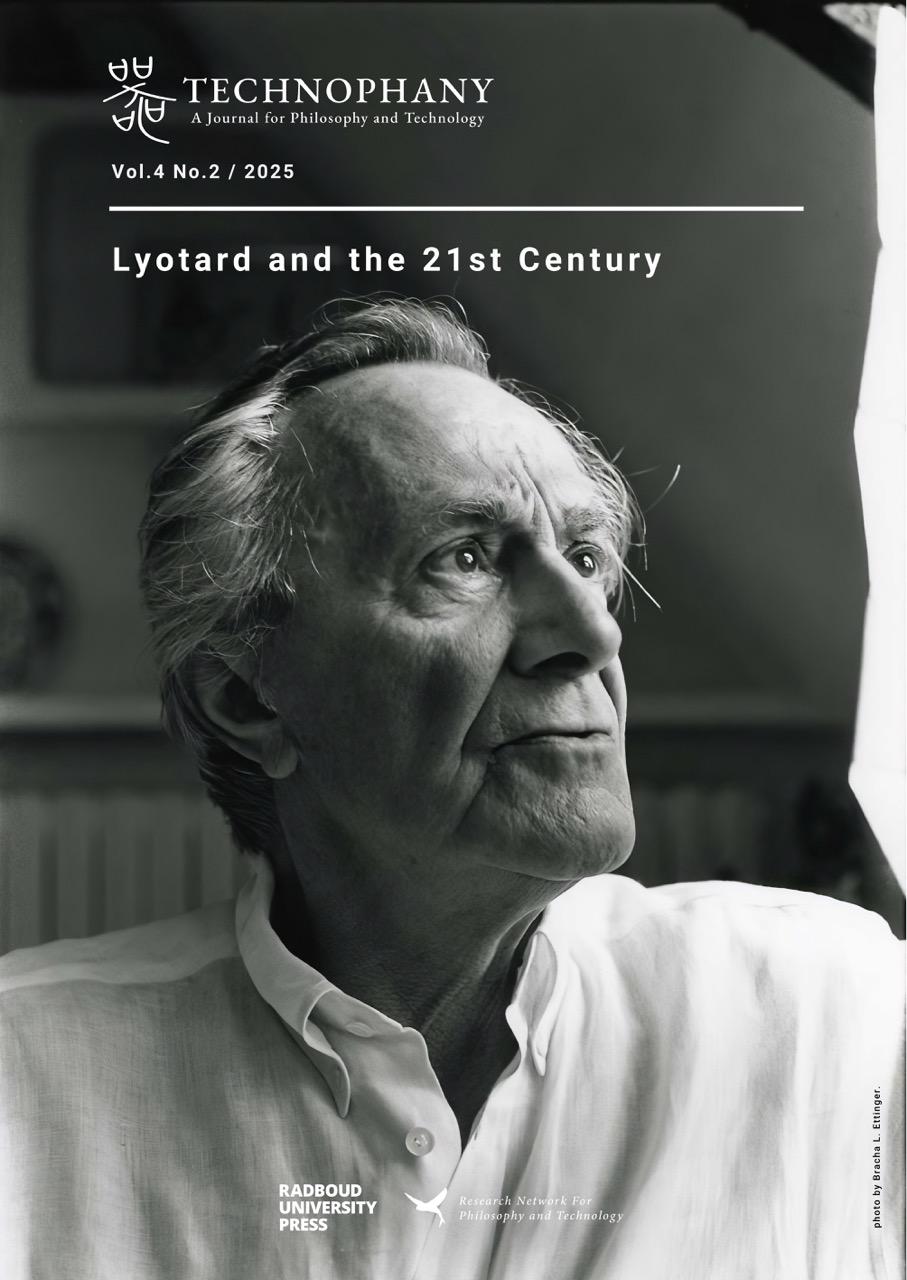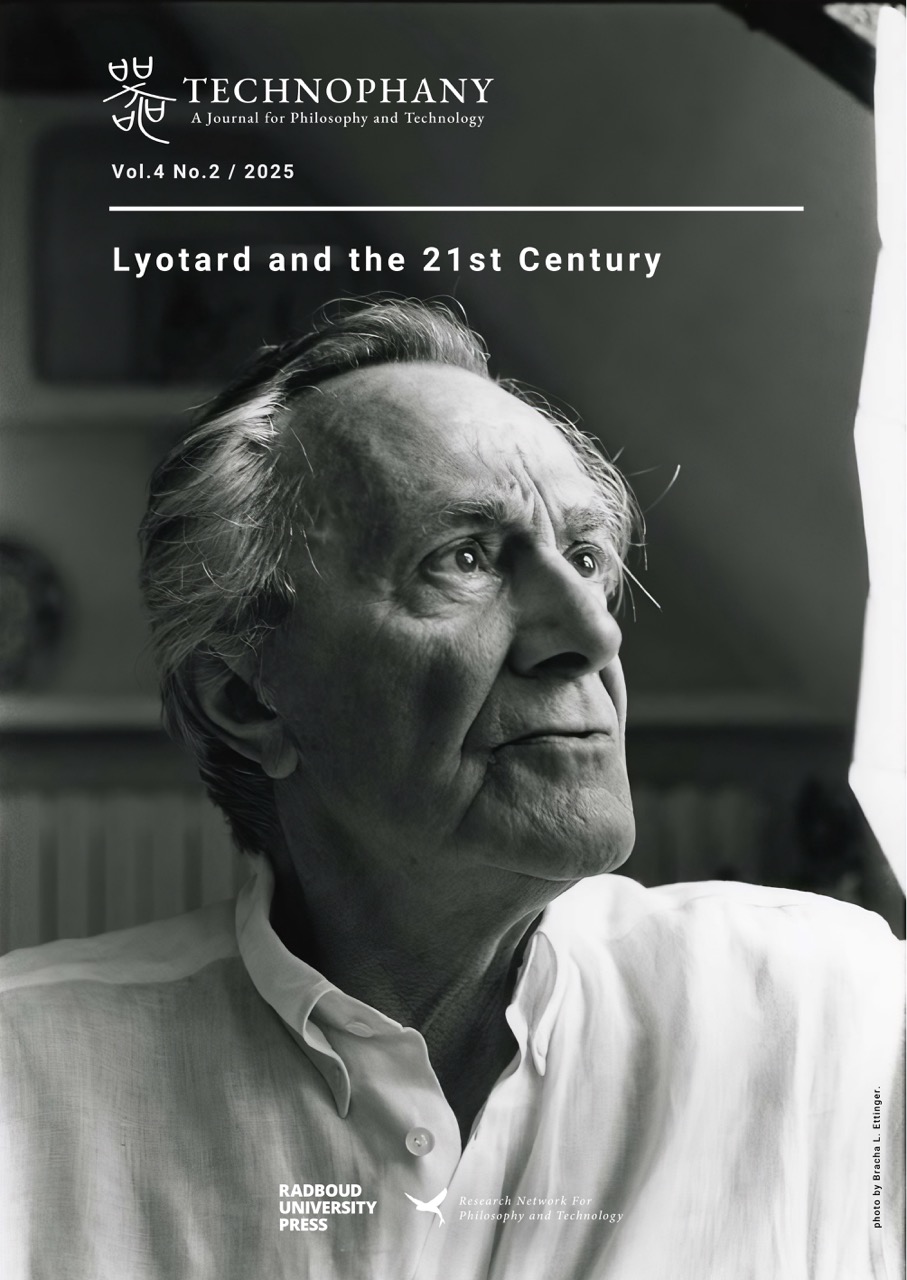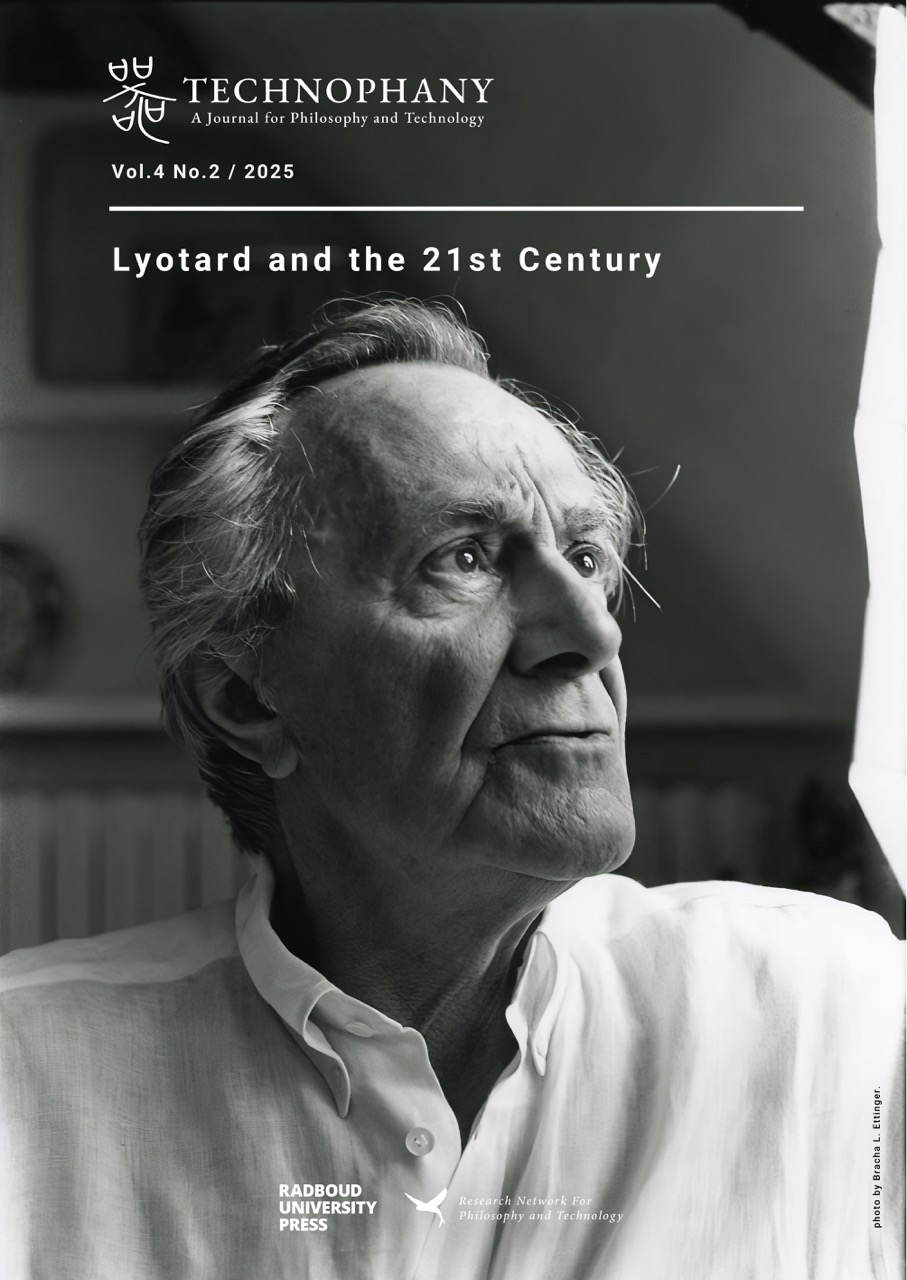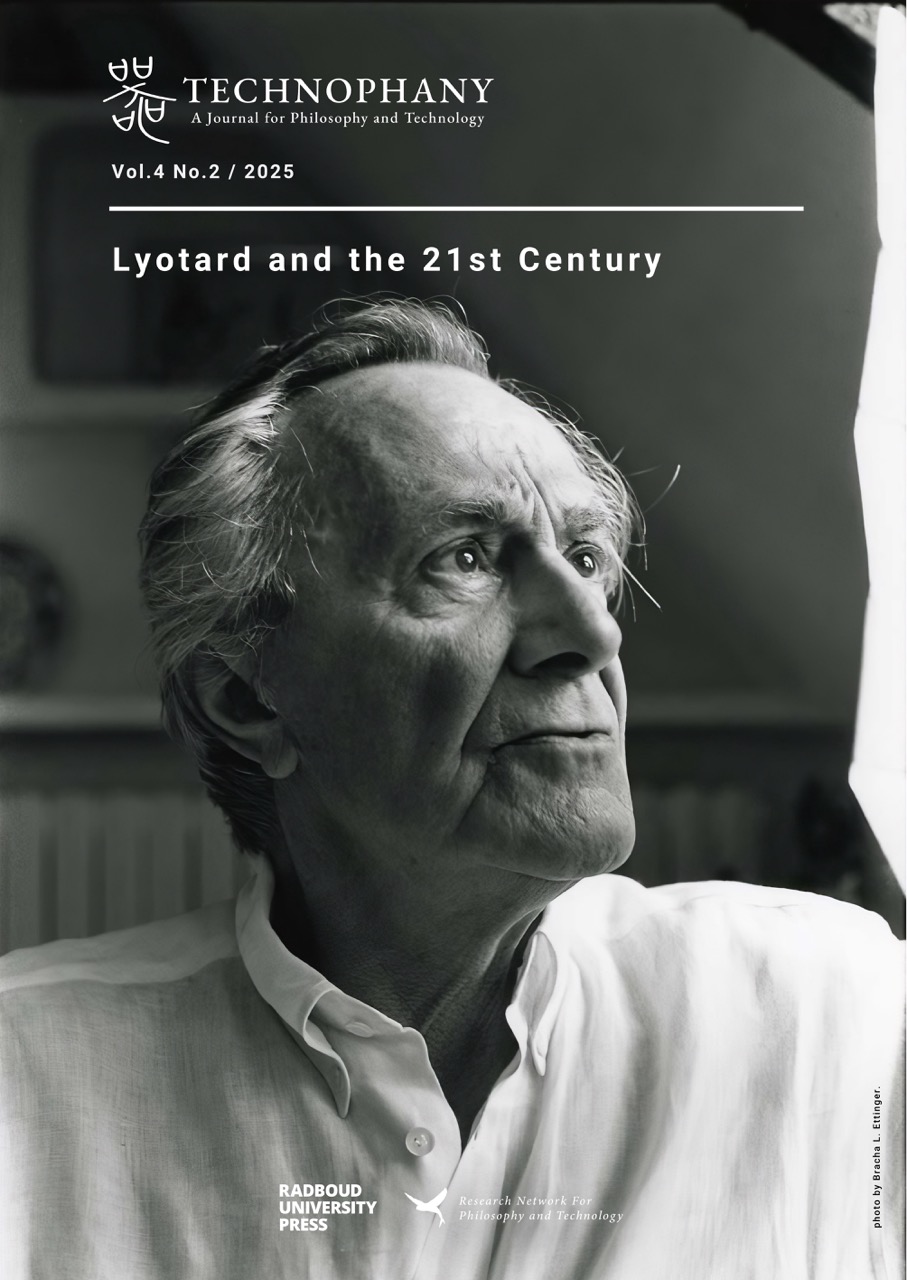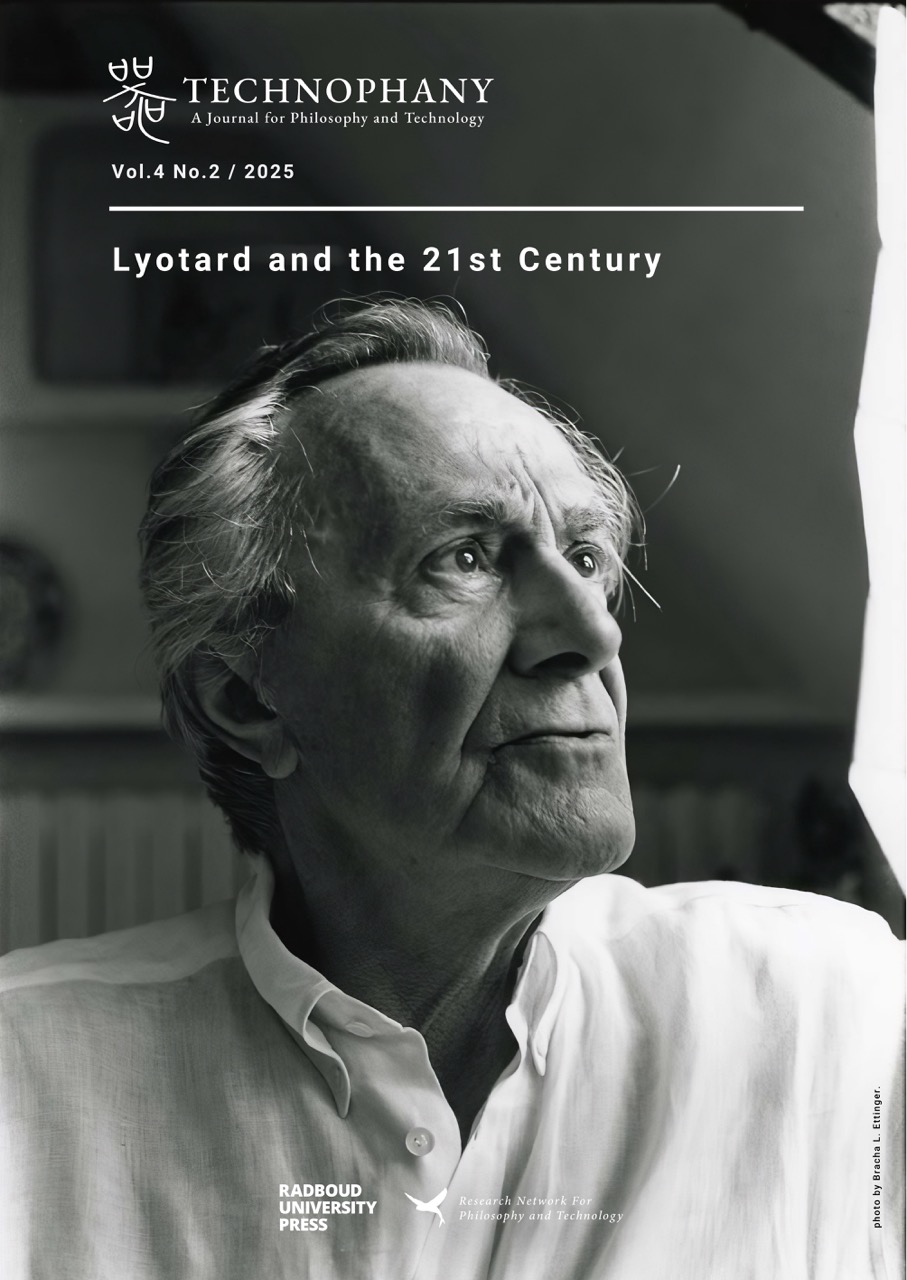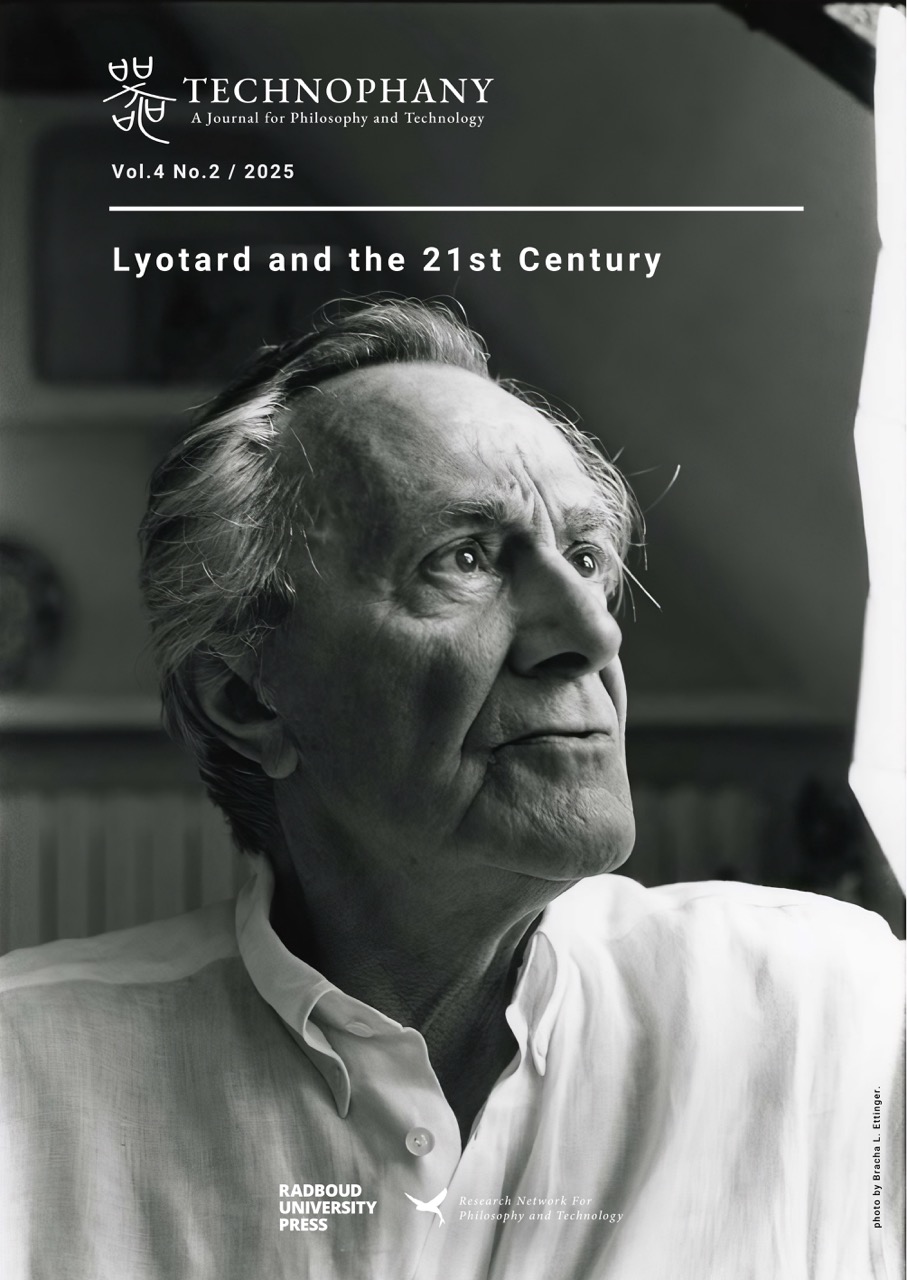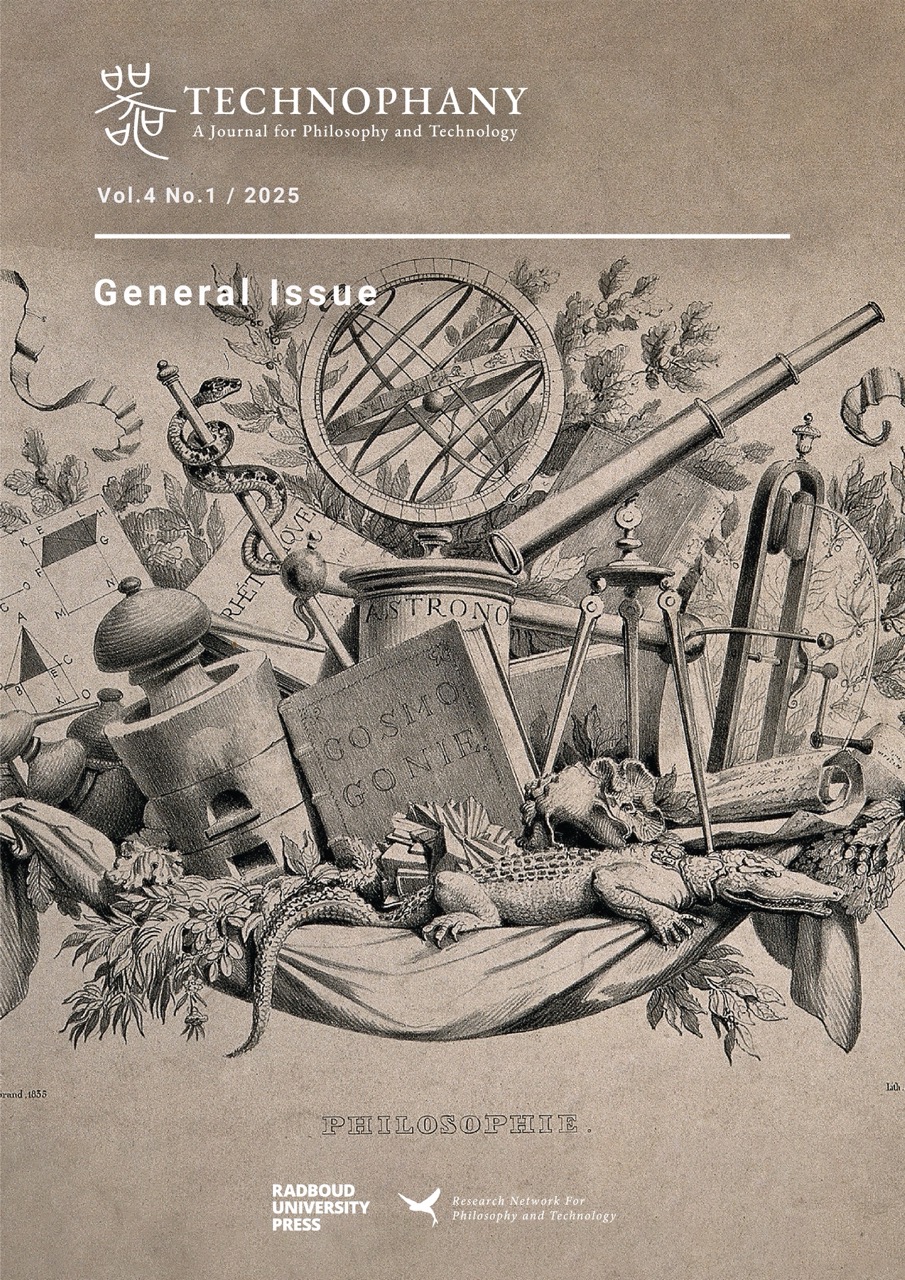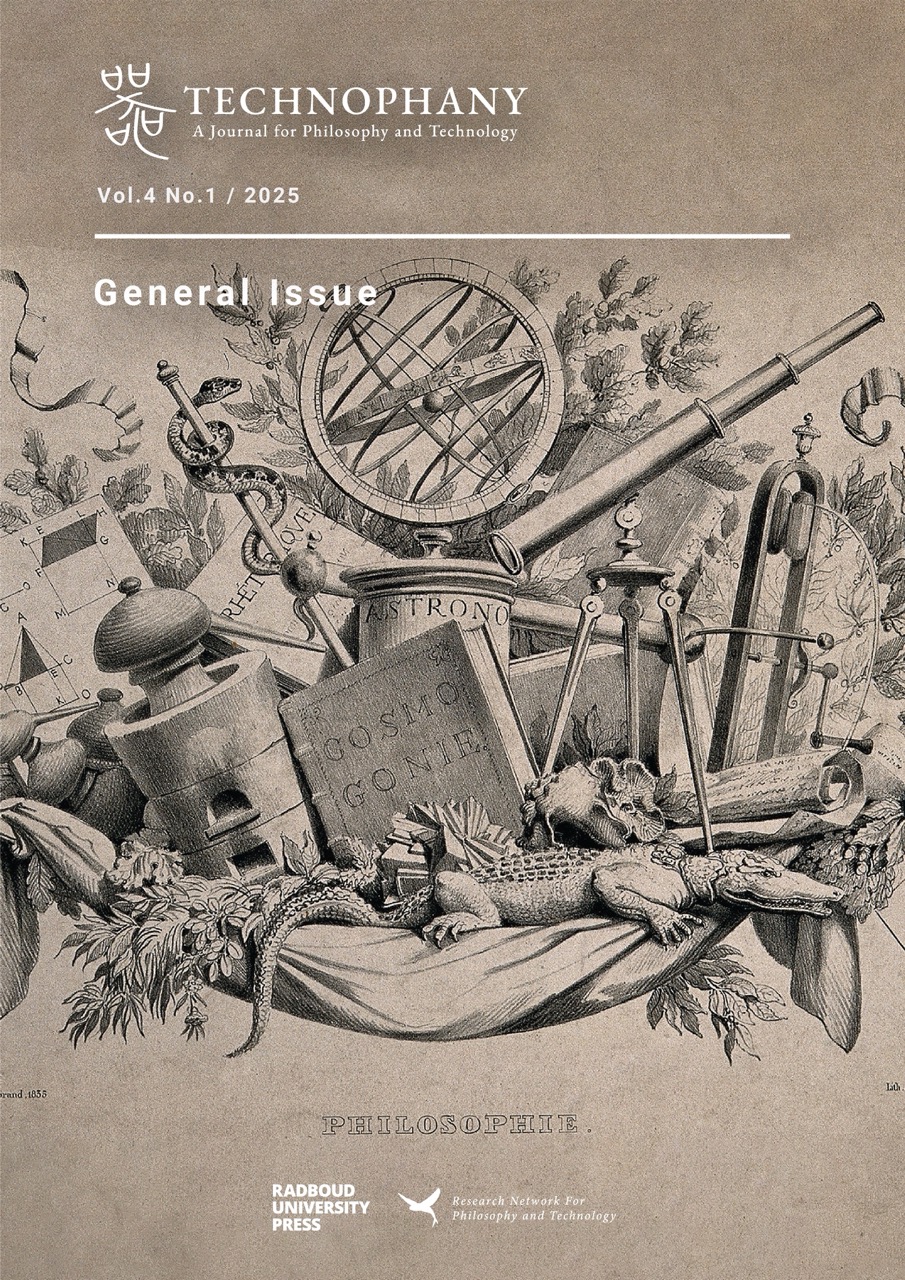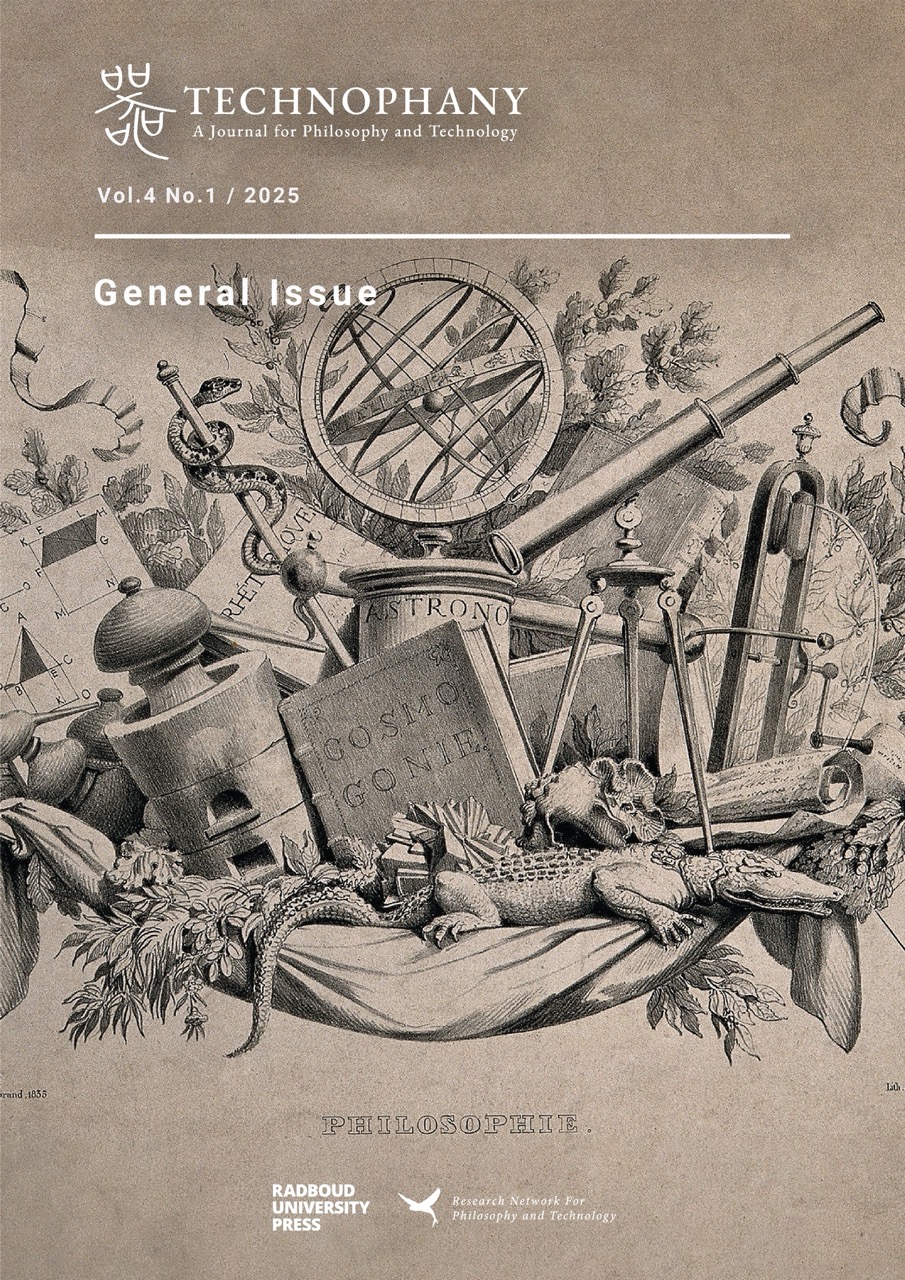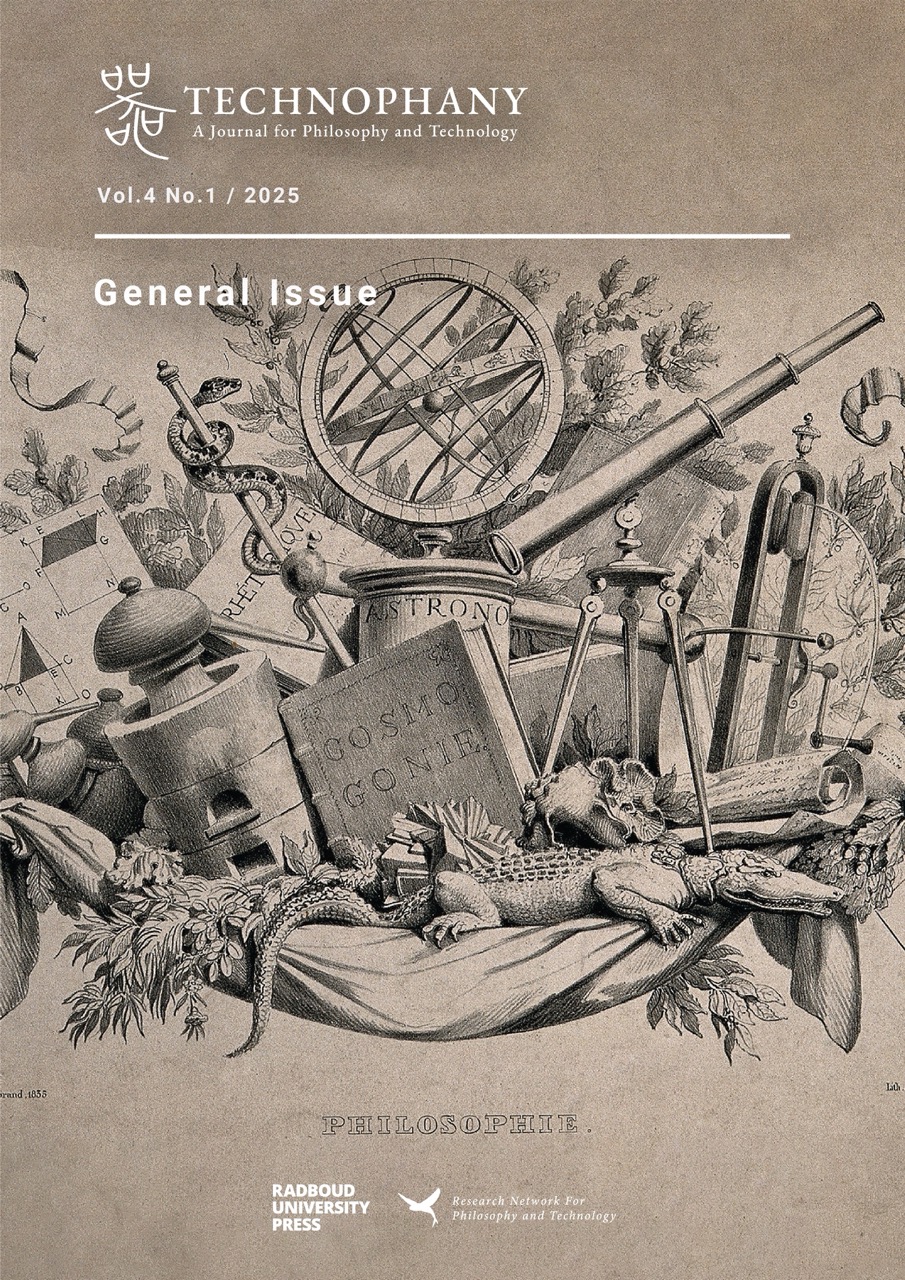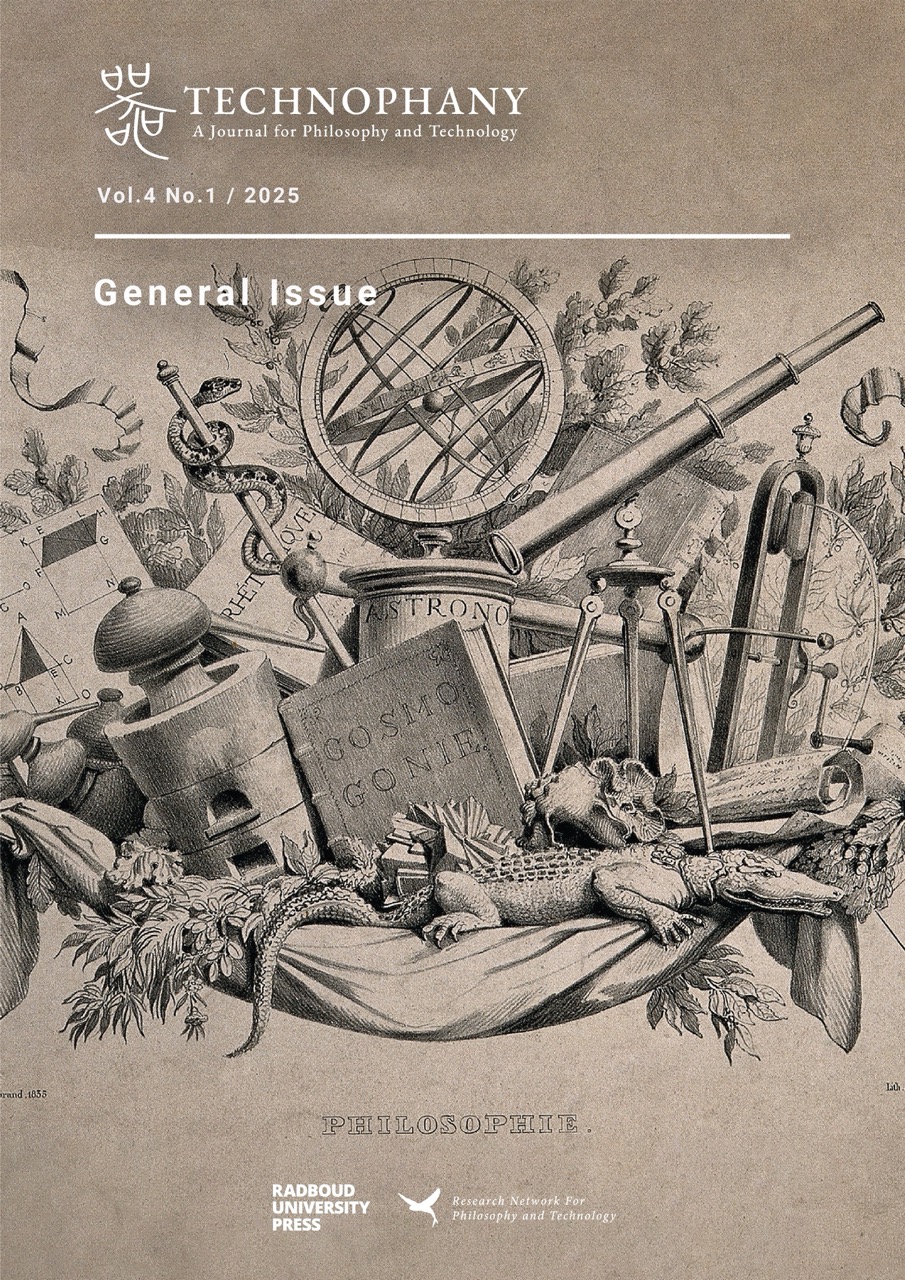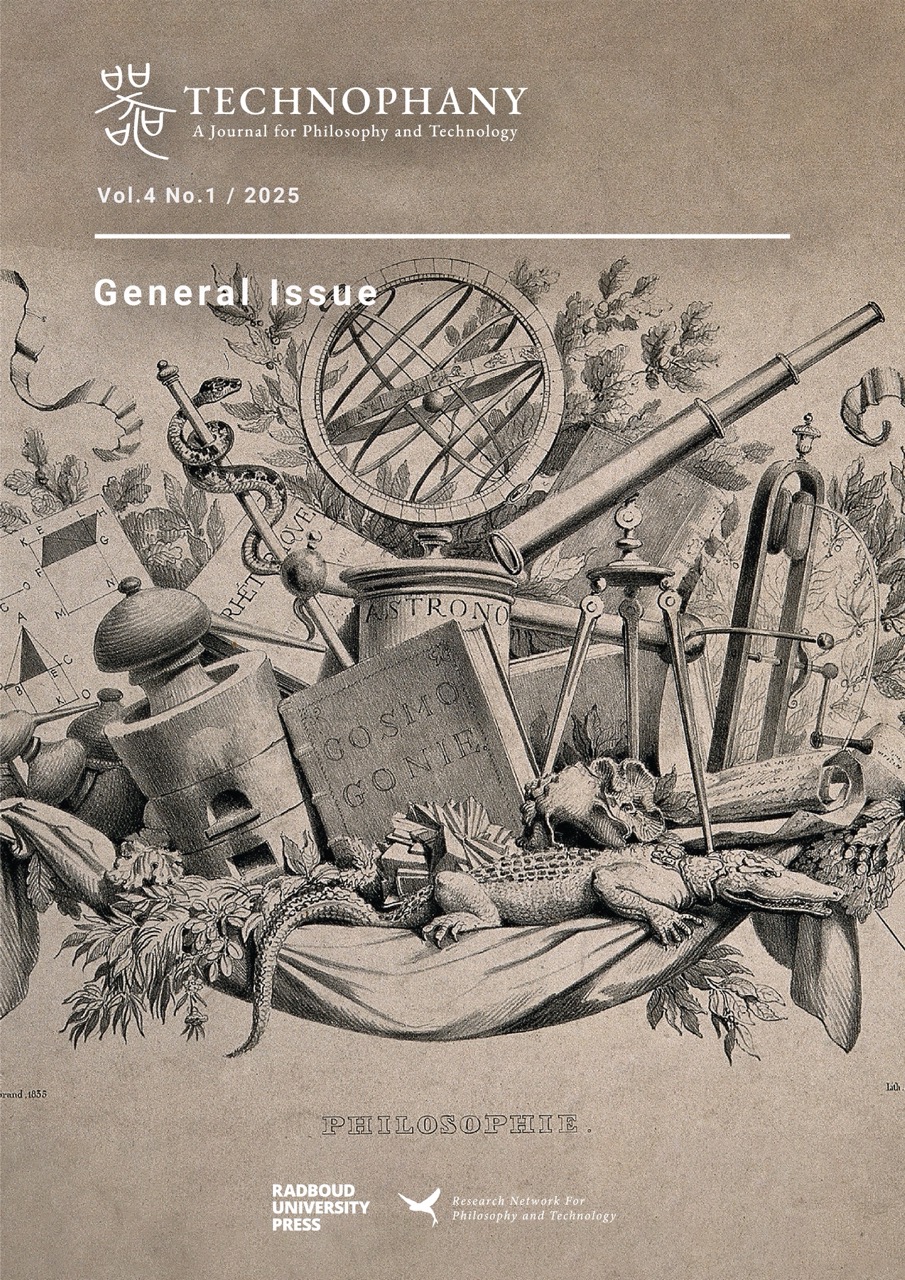Technophany Print on Demand Issues: Computational Creativity
We’re excited to announce the global print-on-demand release of Computational Creativity: Technophany Special Issue, edited by Anna Longo and published by Technophany at Hanart Press. This compelling volume brings together leading thinkers to explore the profound intersections between Artificial Intelligence and creativity, challenging long-standing human-centric assumptions and inviting new perspectives on how machines and minds co-produce meaning and artistic expression.
Read more about Technophany Print on Demand Issues: Computational Creativity

